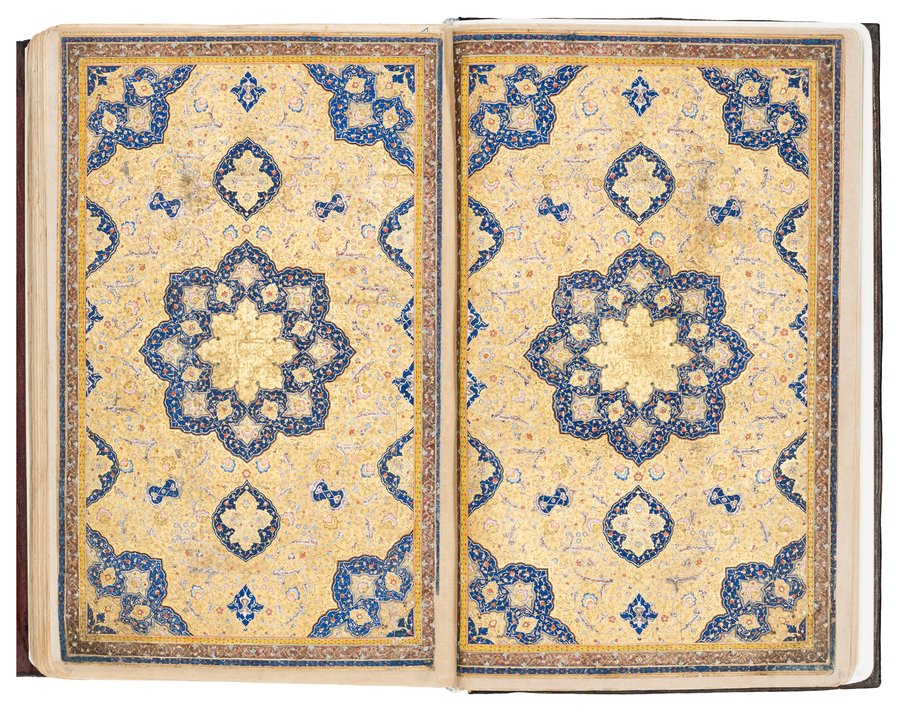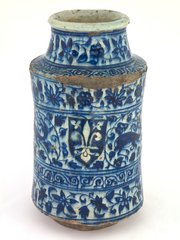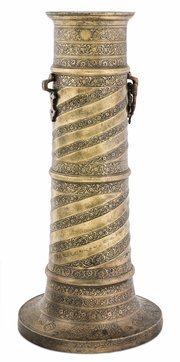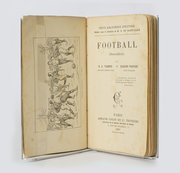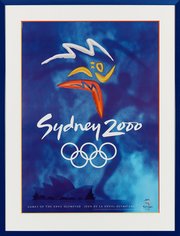
Royal Qur’an of Shah Sulayman Safavi
Museum of Islamic Art
- Title:
- Royal Qur’an of Shah Sulayman Safavi
- Patron:
- Shah Suleyman I
- Copyist:
- Muhammad Reza i. Al 'Abbasi
- Preface and glose:
- Muhammad H. Shirazi
- Production place:
- Isfahan
- Date:
- 1683 - 1684
- Period:
- Safavid
- Title:
- Royal Qur’an of Shah Sulayman Safavi
- Patron:
- Shah Suleyman I
- Copyist:
- Muhammad Reza i. Al 'Abbasi
- Preface and glose:
- Muhammad H. Shirazi
- Production place:
- Isfahan
- Date:
- 1683 - 1684
- Period:
- Safavid
- Material:
- Paper, Gouache, Gold, Textile, Leather
- Technique:
- Bookbinding, Calligraphy, Illumination, Filigree
- Dimensions:
- 34.3 × 21.8 × 6.5
This luxurious copy of the Qur’an was produced for Shah Sulayman Safavi, the eighth ruler of the Safavid dynasty (r. 1076-1105 AH/1666-1694 CE). During the reign of Shah Sulayman I, luxurious Qur’an manuscripts followed and expanded the formal vocabulary developed in the workshops of Herat and Shiraz during the 10th century AH/16th century CE, establishing models that would become canonical during the Zand and Qajar periods. This richly illuminated copy of the Qur’an is a telling example of the level of artistry and refinement in the arts of the book reached by the artists working for Safavid patrons in the royal workshop of Isfahan. The manuscript opens with a finely illuminated double-page frontispiece; the rest of the pages are highly polished and heavily sprinkled with gold. The Qur’anic text has been copied in naskh script, a very legible calligraphic style that became a standard feature for Qur’an manuscripts from the 6th century AH/12th century CE onwards. The manuscript bears the rare impression of Shah Sulayman's personal seal, also in the collections of MIA (MIA.2013.160).
